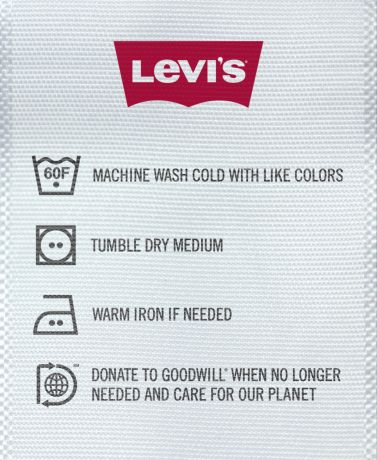The Value of Storytelling
/Four MBA classmates and I are sitting in a large, somewhat imposing corporate conference room at one of the world’s largest chemical and gas manufacturers.
In front of us sit 12 Director and C-level executives from our client company, and they’ve come here specifically to hear what we think – as MBA students, as potential employees and investors, and as concerned citizens – about their current sustainability reporting materials.
After four months of intensive learning about best practices in CSR reporting – as well as doing a deep dive into this company’s business and industry – we developed a set of recommendations that really centered around the following:
A successful CSR report doesn’t just tell impact – it tells stories.
Granted this is an oversimplification, but not by much! From what we could gather, it’s clear that this company is committed to not only reducing its own carbon footprint but also that of its customers. When it comes to being an environmental steward and good corporate citizen, this company is doing lots of things right.
Yet, all of this great work had been lost on us initially as readers; in fact, it wasn’t until just days before our presentation that we realized how stellar this company really was.
How could this have happened? How, after hours and days spent poring over their sustainability documents, could we have possibly missed the point?
It comes down to communication. While this company was obviously successful in its sustainability efforts, it had done so little to communicate its story that we’d almost missed it entirely.
With that we presented a number of recommendations on how to present content and provide context in ways that are engaging, interactive and customized for stakeholders.
At the end of the presentation, during the Q&A period, one of the executives asked: “Why does it matter if we don’t tell people about what we do in sustainability. Isn’t it good enough that we do something at all?”
To that our team answered an emphatic “No”. It’s not enough to just do something.
Sure, comp anies need to be mindful of greenwashing. Consumers can certainly smell insincerity from miles away - and these days they've gotten even better at sniffing out fake green marketing claims.
anies need to be mindful of greenwashing. Consumers can certainly smell insincerity from miles away - and these days they've gotten even better at sniffing out fake green marketing claims.
Nonetheless, it seems to me (and others out there) that this concern about greenwashing has gone too far. In fact in some cases, greenwashing worries are actually holding companies back from saying anything at all about sustainability – mainly for fear that someone, somewhere will find something to criticize.
Ladies and Gentlemen of Corporate America, take note:
A fear of greenwashing is not an excuse to stop you from telling your sustainability story!
In fact, by effectively communicating a company’s CSR successes – and, crucially, also its shortcomings – in authentic, transparent and collaborative ways, a company can achieve an array of benefits, including (but certainly not limited to):
- Proving to investors that it’s focused on the long-term viability of the business
- Giving consumers a voice and a stake in the company’s efforts to improve communities and the environment
- Demonstrating to its employees that the company’s values and culture are aligned with their own
- Engaging NGOs, the media and potential detractors in conversations around the company’s sustainability process, goals, and strategies.
By not focusing on the manner in which it told its sustainability story, our client company had inadvertently left very real value on the table – value that instead was being captured by competitors who had done a tremendous job on both the reporting and storytelling fronts.
Now, don’t get me wrong – to have a successful CSR program, a company surely needs to know its footprint, set strategic and forward-thinking goals, and report its numbers.
But to be a true leader in sustainability, a company must be able to go beyond its numbers and move towards an inclusive, engaging and heartfelt discussion with its stakeholders about its current sustainability journey.
In my research, I came up with a couple of good examples of companies that tell their sustainability stories in compelling ways (Cadbury, Shell, and Timberland, just to name a few). What companies do you think are doing a good job of communicating the story behind the numbers? I’d love to hear what you’ve found.




